Professor Jonathan Weber reflects on his time as AHSC Director
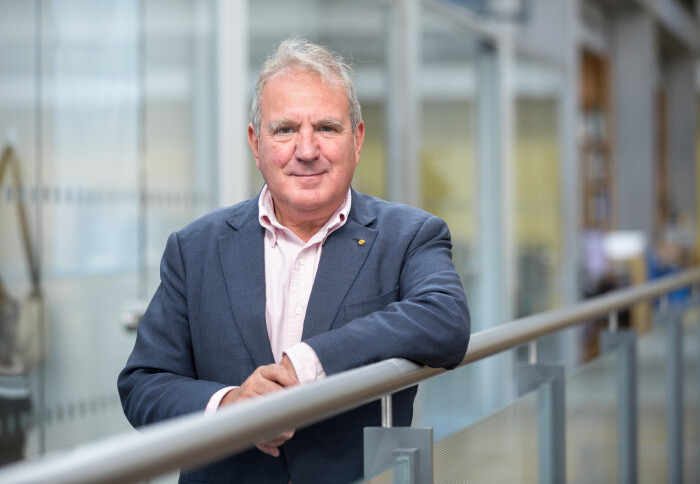

Leading HIV expert Professor Jonathan Weber has stepped down as Imperial College Academic Health Science Centre (AHSC) Director.
Imperial College AHSC aims to accelerate the translation of scientific breakthroughs into new ways to improve patient care, educate medical students and enhance public health. It is a strategic partnership between Imperial College London, Imperial College Healthcare NHS Trust, The Royal Marsden NHS Foundation Trust, Chelsea and Westminster Hospital NHS Foundation Trust and The Institute of Cancer Research, London.
Professor Jonathan Weber was appointed AHSC Director in 2015 and after nine years he has stepped down from the role on 31 July.
Maxine Myers caught up with Professor Weber to hear about his achievements as AHSC Director and what he will miss most about the role.
How did Imperial College AHSC begin?
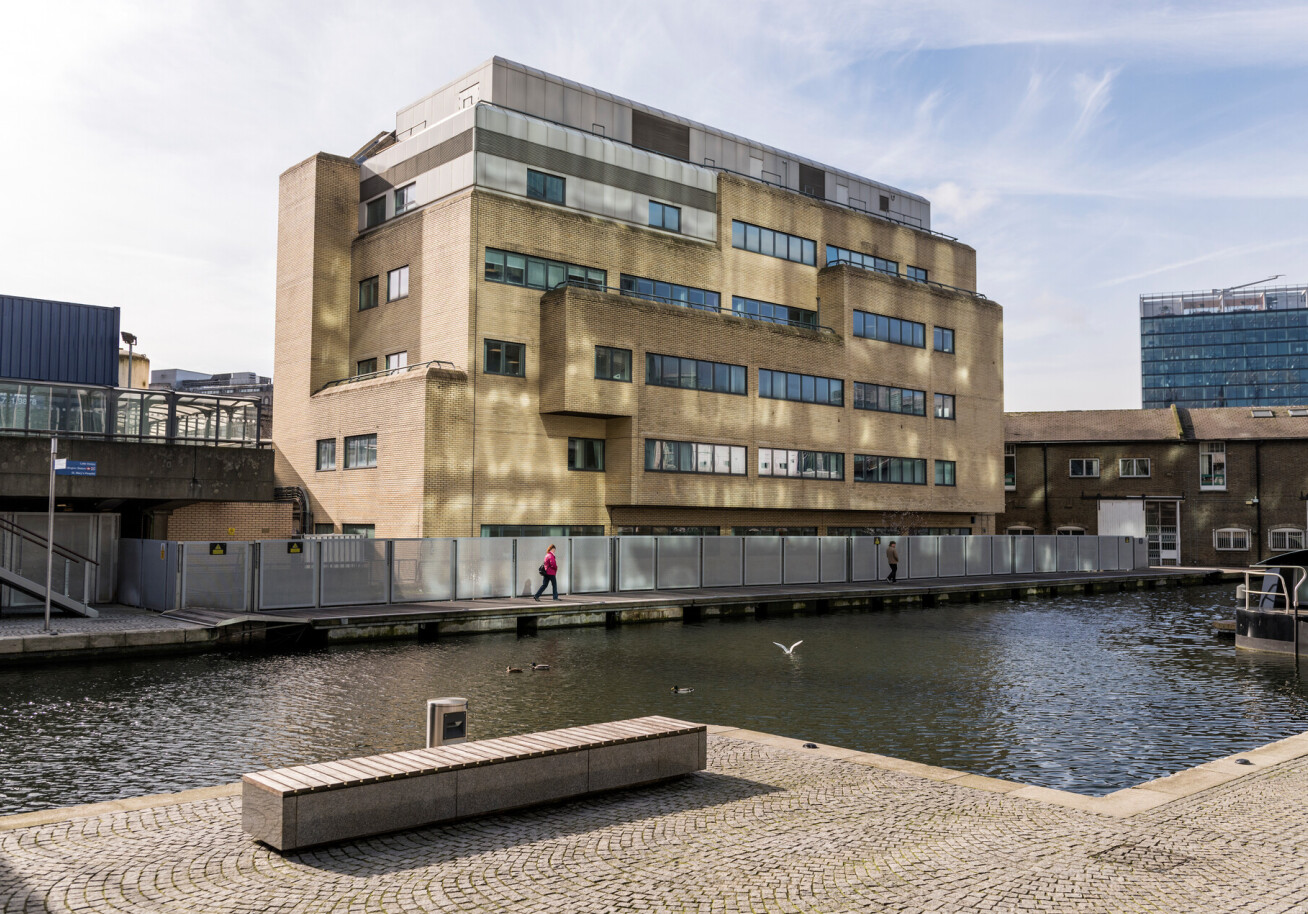
The idea for an AHSC started back in 2007. At that stage, St Mary’s Hospital was run as a completely independent NHS Trust, while Hammersmith and Charing Cross Hospitals had already merged into a combined Trust.
There was an opportunity to apply for major funding from the newly created National Institute for Health and Care Research to form a Biomedical Research Centre (BRC), which would provide essential clinical research infrastructure.
The two Trust Boards agreed that the best course of action was to merge St Mary’s, Hammersmith and Charing Cross Hospitals into a single NHS Trust and maximise the bid for BRC funding. This was a good call, as we won the largest BRC funding nationally.
Professor Stephen Smith was then the Dean of the Faculty of Medicine and he was subsequently appointed Chief Executive of the newly merged hospitals, renamed Imperial College Healthcare NHS Trust. It was quite a moment as, for the first time ever in the UK, a university medical faculty and its major teaching hospitals had a single line of management.
When our colleague, Professor the Lord Ara Darzi, joined the Gordon Brown government later in 2007 as a Minister of Health, he wrote a paper about the NHS with a future-forward plan based on quality. It mentioned creating Academic Health Science Centres where leading universities and hospitals would join in a tripartite mission of education, research and clinical service.
With the encouragement of Ara, who is now Co-Director of the Institute of Global Health Innovation at Imperial College London and Honorary Consultant Surgeon at Imperial College Hospital NHS Trust, our university and trust declared ourselves to be an AHSC and drew up a Joint Working Agreement to define what an AHSC would comprise and how we would work together to achieve our goals.
About a year later, the Department of Health and Social Care held a national competition for new AHSCs; we were one of five institutions to be awarded this prestigious designation, which we have retained over three five-yearly rounds of competition.
What were the changes you made?
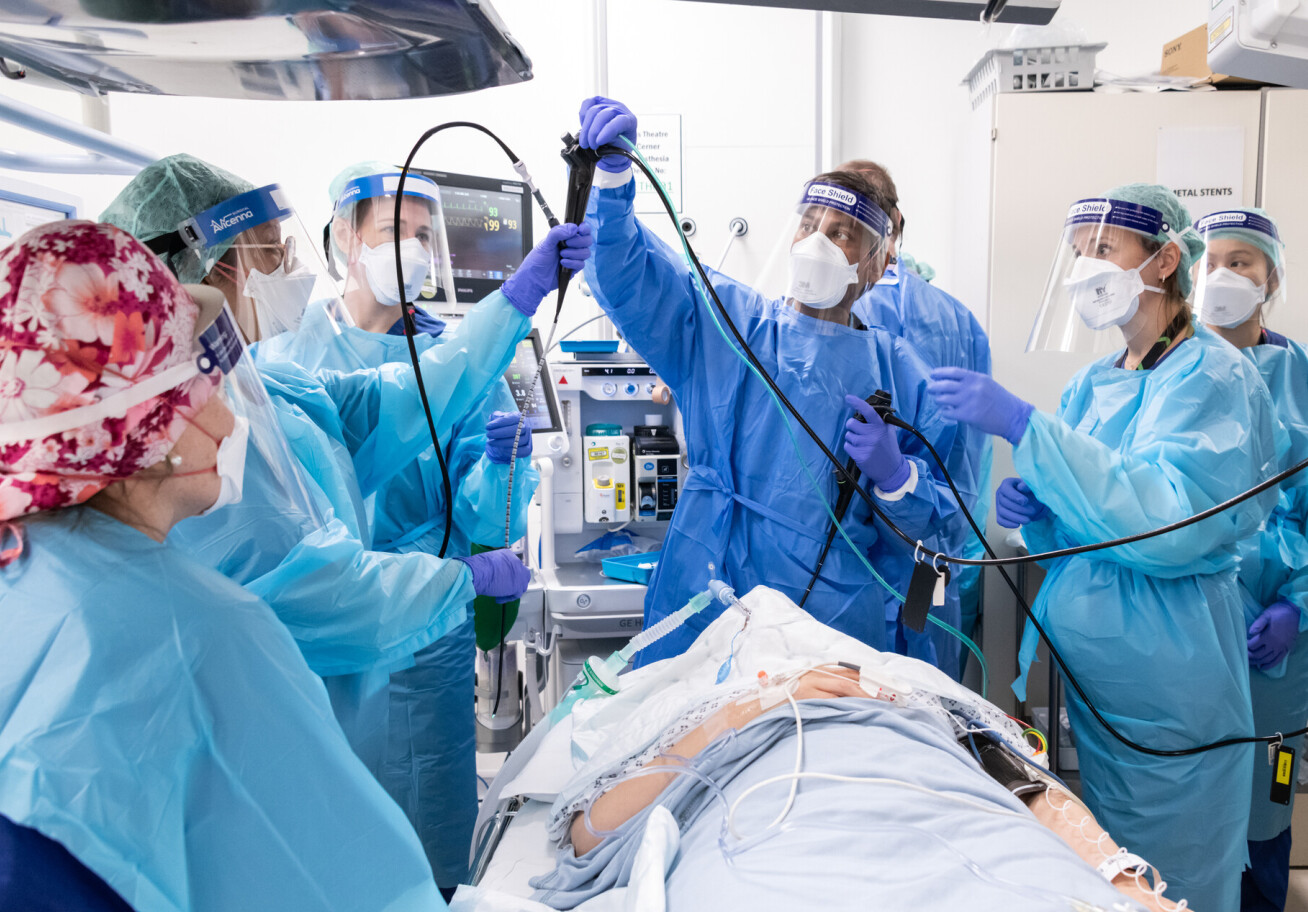
I was appointed AHSC Director in 2015 and one of the first things I did was to appoint Dr Angela Cooper, Director of External Partnerships (Faculty of Medicine), to manage the AHSC. It has been fantastic working with her and she’s constantly inspiring, with a broad understanding of the NHS as well as a deep knowledge of Imperial. She has been the driving force that has kept the AHSC moving forward so effectively.
My first mission was to expand the Imperial College AHSC to include our immediate postgraduate and specialist NHS neighbours in North West London, the Royal Brompton and Harefield NHS Foundation Trust, The Royal Marsden NHS Foundation Trust and The Institute of Cancer Research; all three organisations joined the AHSC between 2016-2020.
I felt it was important for the membership of the AHSC to encompass these impressive institutions, as we had existing relationships with their medical education and research, and they brought their reputations as high quality, general and specialist hospitals with expertise in cardiovascular, respiratory and cancer medicine, and an outstanding research record at the ICR.
As the only other academic partner, the Institute of Cancer Research was rated one of the top research institutions in the Research Excellence Framework and I had always wanted a closer relationship with them. I’m thrilled that we achieved that.
In 2021, the Chelsea and Westminster Hospital NHS Foundation Trust joined the AHSC, allowing growth of their academic activity on top of the educational mission we had always shared.
What have been the toughest challenges?
I would say setting joint strategies. The important thing to remember is that the AHSC is made up of fiercely independent organisations. Each have their own management board, chair and council and are financially and strategically independent. The AHSC depends on finding common ground and building on it when it comes to research, education and clinical service.
What have some of the highlights been?
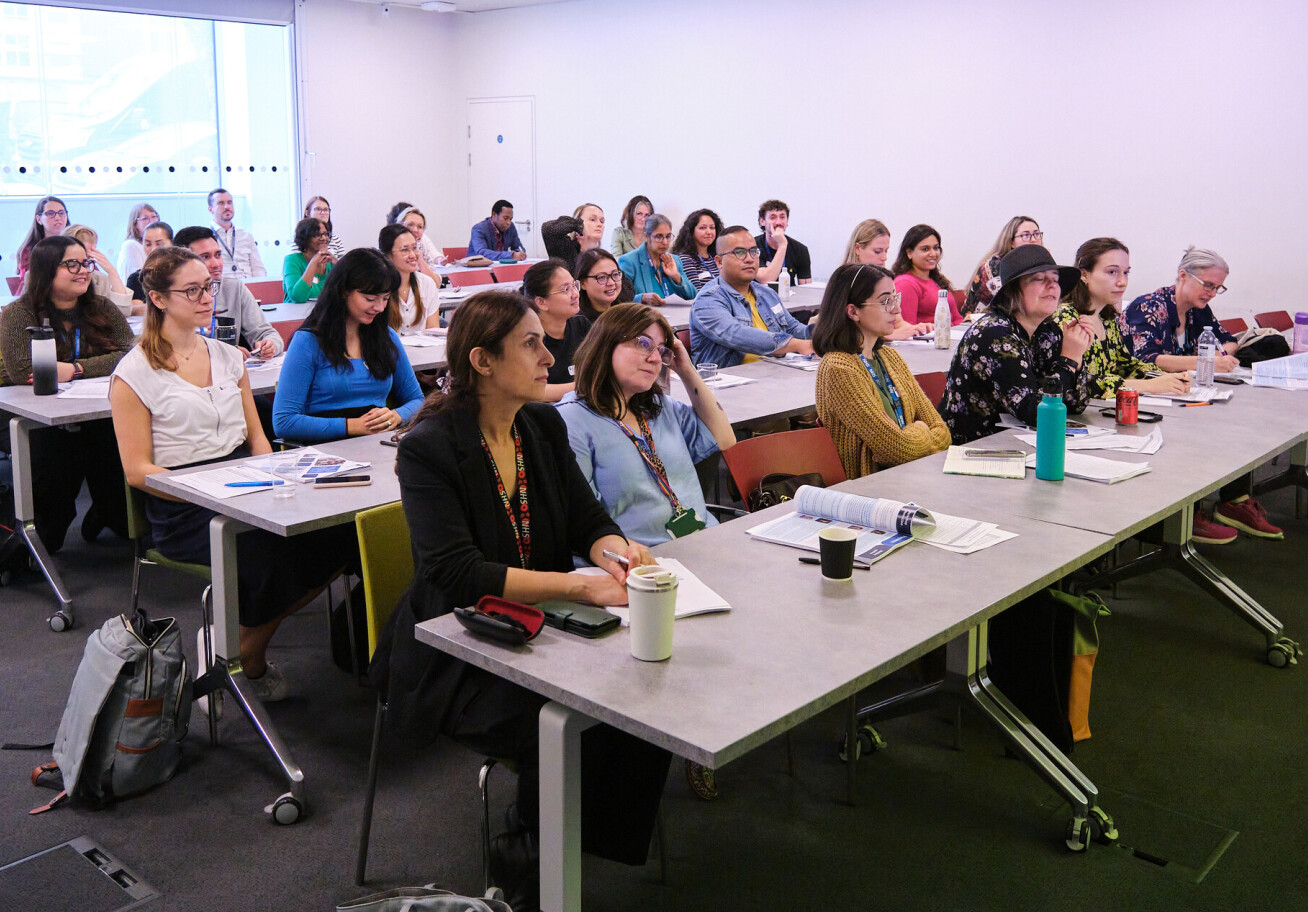
I would say the creation of the Clinical Academic Training Office (CATO), which offers a range of training and activities for clinicians across the AHSC. At any one time we have about 300 junior doctors undertaking higher degrees, and we wanted to create a single structure to better support them and their careers.
However, we also decided to expand this research training support, not just for doctors, but also for nurses, midwives, allied health professionals, healthcare scientists, psychologists and pharmacists. To be successful, an AHSC needs to develop a research culture across the whole organisation. All our clinicians needed to have access and opportunities to develop their own research careers, while also supporting staff recruitment and retention in general.
We set ambitious targets and worked closely with all our Hospital Charities who generously stepped up and funded pre-doctoral training programmes to support our AHSC goals. We have consequently been extremely successful in growing a cadre of successful doctoral candidates in nursing, physiotherapy, speech therapy, occupational therapy and pharmacy.
Another area is around the digital environment. With NIHR Imperial BRC funding, we were able to appoint research staff into NHS ICT departments so that we could use routinely collected anonymised NHS data for research. This led to the development of Imperial Clinical Analytics, Research and Evaluation (iCARE) – which supports digital health projects – as well as using health information tools such as The Whole Systems Integrated Care (WSIC) Dashboards and Discover Now to interrogate data in a safe environment.
It was a fantastic breakthrough and the AHSC now has a strong data committee to allow research into NHS data to be successfully pursued while always maintaining the security and integrity of highly sensitive patient data.
Another achievement for the AHSC was the robust response to the COVID-19 pandemic. What are your recollections of that period?

The university was closely connected to the government’s COVID-19 response. Imperial staff including Professors Wendy Barclay, Neil Ferguson, Peter Openshaw and Azra Ghani were advising government through membership of several key committees such as the Scientific Advisory Group for Emergencies (SAGE).
Thanks to these connections, we knew at a very early stage how bad things were going to get. We set up an overarching COVID research committee made up of university and NHS staff and chaired by Professor Mark Thursz, Director of the NIHR Imperial BRC; the committee reviewed all applications for COVID-19 research projects, to facilitate alignment and cooperation, while avoiding duplication.
The committee was a forum for staff to bring what work they were doing, information they had and to coordinate research activities. Some of the work the AHSC did included developing high-throughput PCR testing, and trialling novel mRNA vaccines and new COVID treatment strategies.
Our work made a difference to the health of the nation, and I am immensely proud of that.
You set up the AHSC seminar series. How do you feel about the growth of the seminars?
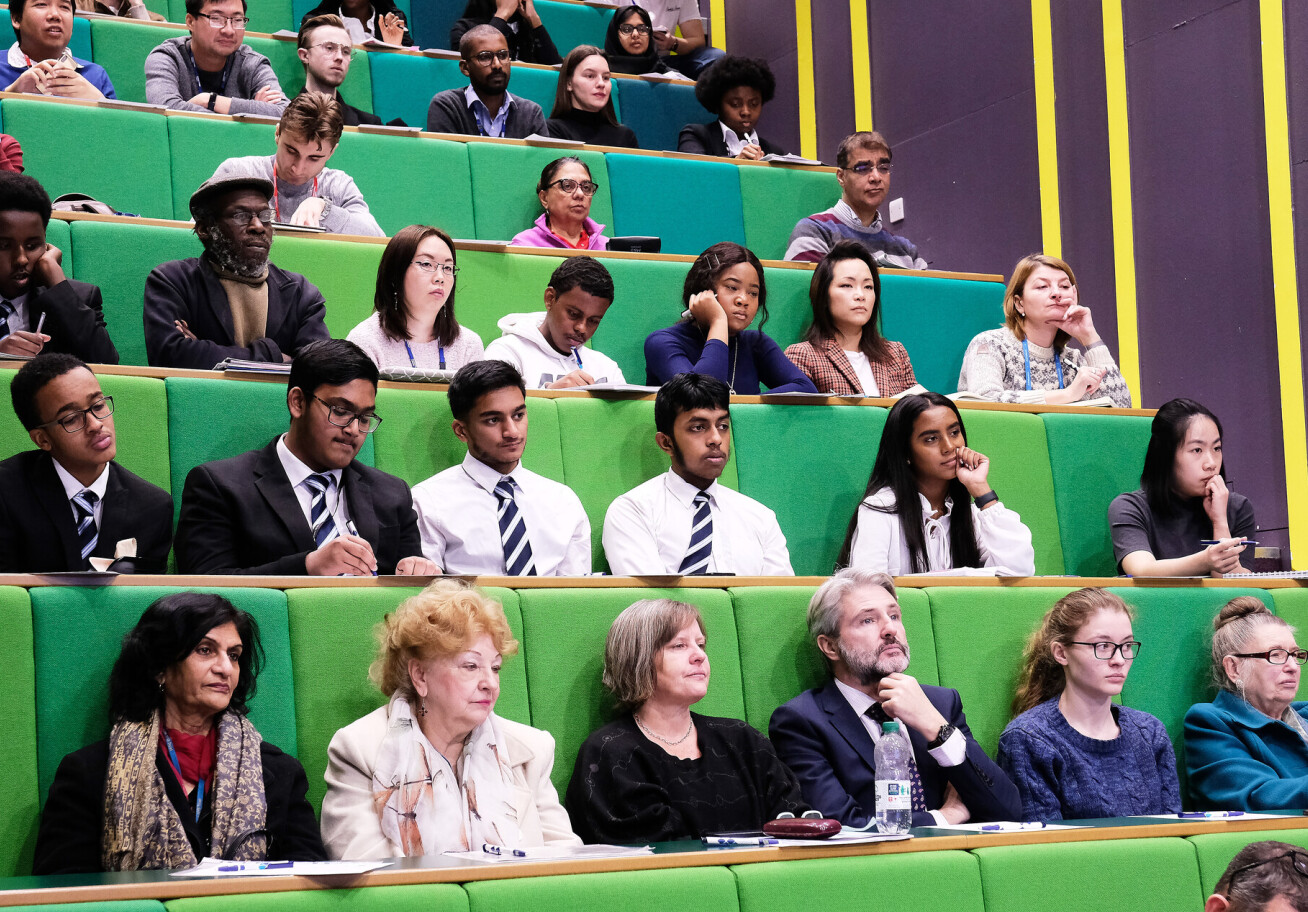
The AHSC seminar series is a programme of themed talks that showcase the AHSC’s research to staff, students and members of the public throughout the year.
We started the seminars on our partners’ hospital sites in-person; we would invite a scientist from the university and a clinician from the relevant hospital trust talking about their areas of expertise. For example, we had a scientist discussing the biology of heart failure and a cardiologist discussing the latest research into treatments.
The seminars have always attracted a very diverse audience – staff, students, patients, families, media, councillors and interested members of the public – they act as front-window on our science and showcase the cutting edge of therapies to treat a wide range of conditions.
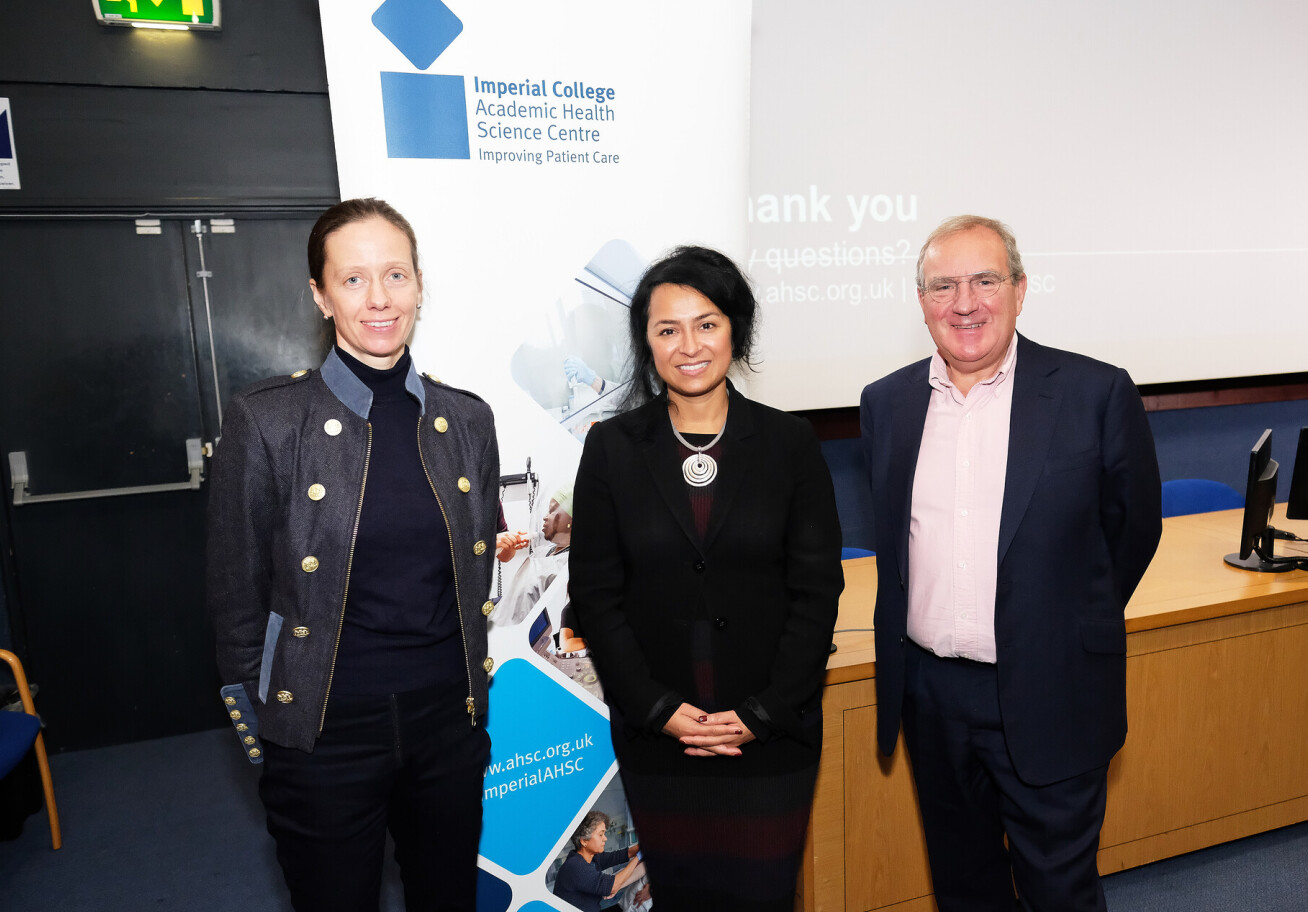
When the COVID-19 pandemic began we moved the seminars online which led to a large growth in our audience. Rather than 50 people at an event we would get 500 from around the world and that was helpful for promoting our work. We’ve continued the seminars online as we can reach so many more people.
The seminars have defined to the public how our AHSC works, and they are a strong visual representation of our partnership.
What will you miss about being AHSC Director?
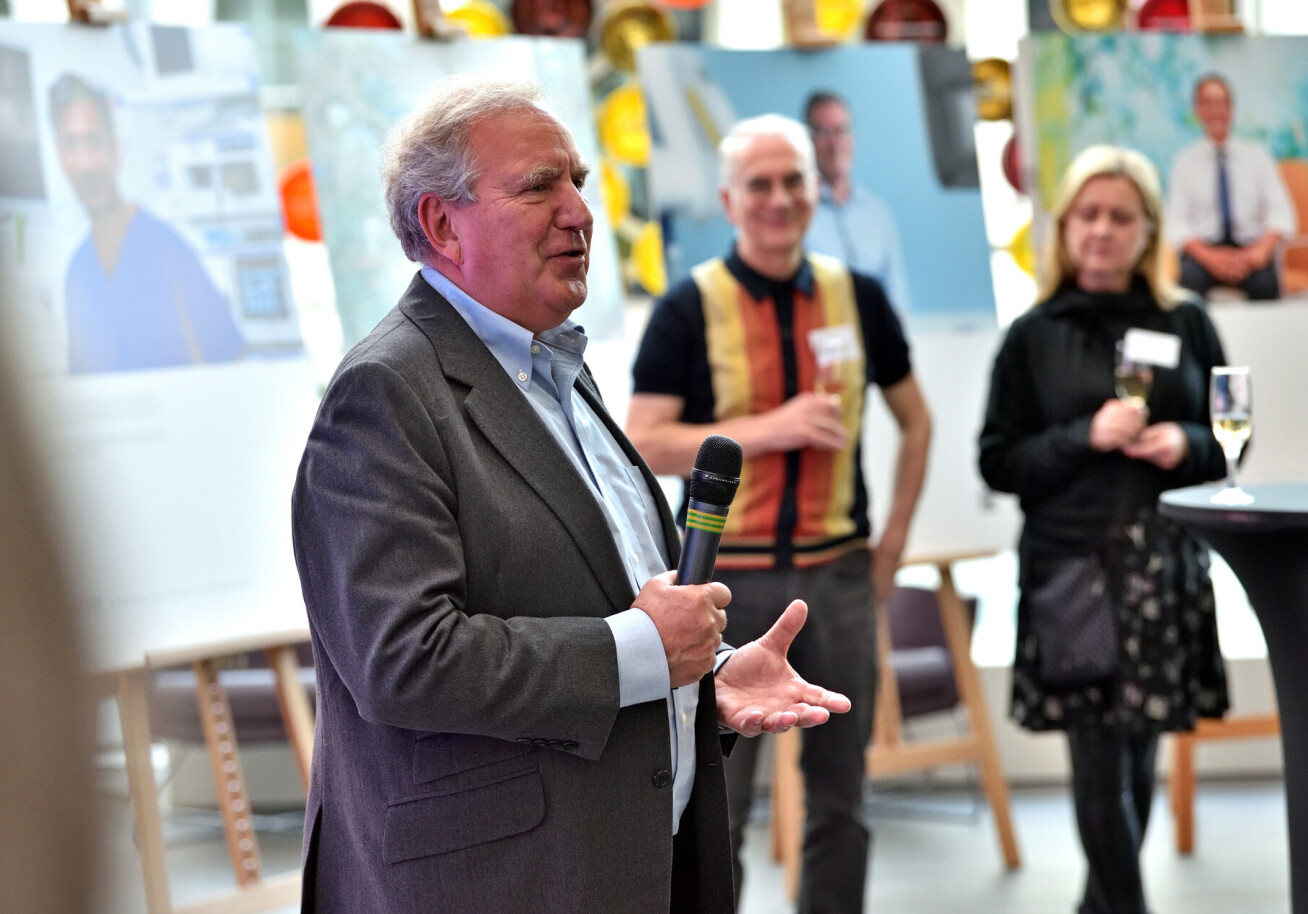
The AHSC is never dull. Managing the relationships between a large university and major NHS trusts is always complex. It is never straightforward, and it throws up constant challenges that need to be overcome through discussion, agreement or negotiation. I will miss that complexity and life without the AHSC will certainly be a quieter and duller place.
The next Director has new challenges ahead. If we want to build better quality into the NHS, then we will need research, education and clinical service to be aligned. I believe strongly that the AHSCs are the best route to achieve that ambitious goal of higher quality in patient care and improved population health. Perhaps the new Darzi review of the NHS might even promote direct NHS England funding of AHSCs to achieve these goals.
Article text (excluding photos or graphics) © Imperial College London.
Photos and graphics subject to third party copyright used with permission or © Imperial College London.